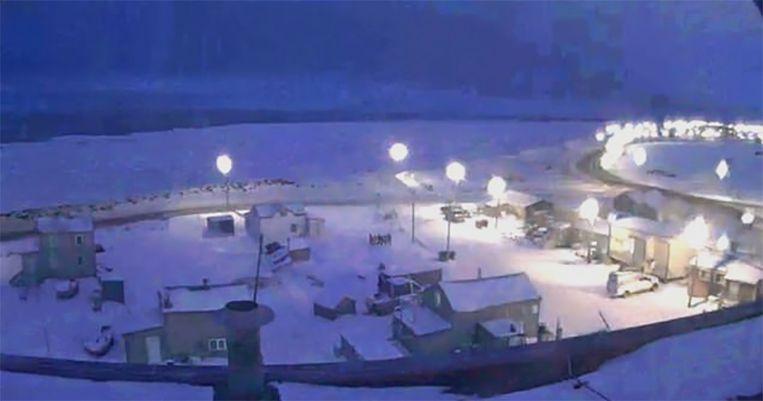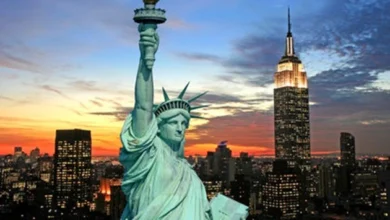American village Utqiagvik, it stays dark every year for 65 days

On November 19, 2018, the sun set in Utqiagvik and it will no longer rise until January 23. The temperature in the most northern village of the United States, which used to be Barrow, can drop to -20 degrees Celsius during this period. But climate warming also leaves traces here.
If you think that the nights are already quite long, do not go to Utqiagvik in the American state of Alaska. That is because it is already 45 days night. On November 19, the 4,000 inhabitants celebrated the start of the ‘polar night’ and it takes almost three weeks before the sun comes up again.
The inhabitants have long enjoyed the polar night and celebrate the start with the horror film ‘30 Days of Night’. In that film from 2007, Utqiagvik is flooded with vampires during the polar night.
The average temperature during polar night falls on average to -5 to -10 degrees Celsius, but the mercury drops to -20 at times. But climate change also leaves traces in Utqiagvik: last year, the algorithms of the American climate agency even took tilt in the village.
Alarming temperatures
Last year, American scientists made a statement that was so surreal that they could hardly believe it at first. The temperature in Utqiagvik had increased so fast that the algorithms tilted. When researchers from the American climate agency NOAA (National Oceanic and Atmospheric Administration) received the climate report, they noticed something strange. The data from the weather station in Utqiagvik were not listed.
The temperature in the hamlet had risen so fast that computer algorithms labelled the data as unrealistic and then removed from the database. Algorithms are suitable for purifying data so that only the most reliable data remains, but with outliers such as Utqiagvik they do not know what to do.
Canary in the coal mine
When we compare climate change with a coal mine disaster, Utqiagvik is the canary that warns us about impending doom, the scientists say. Arctic regions warm up faster than other places on the planet with Utqiagvik as an outlier. With less and less ice to reflect the sunlight, the temperature keeps rising.
The temperature in Utqiagvik has increased by no less than 7.8 degrees since the year 2000. No wonder the computer models took a tilt. Statisticians will have to come up with new algorithms to master future extremes.





